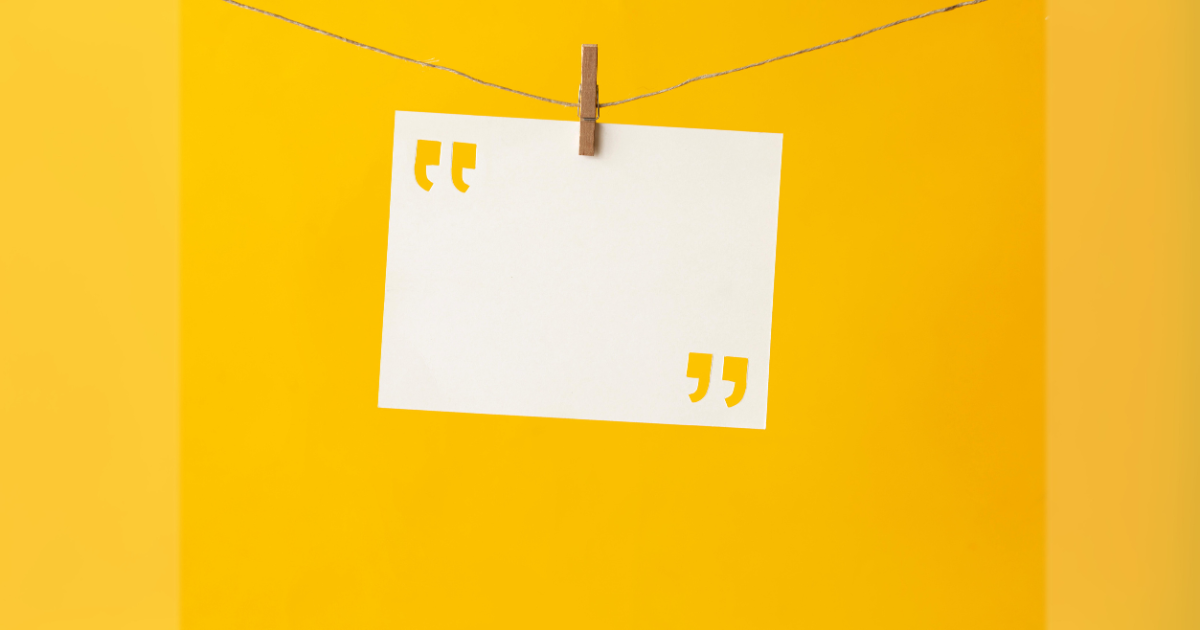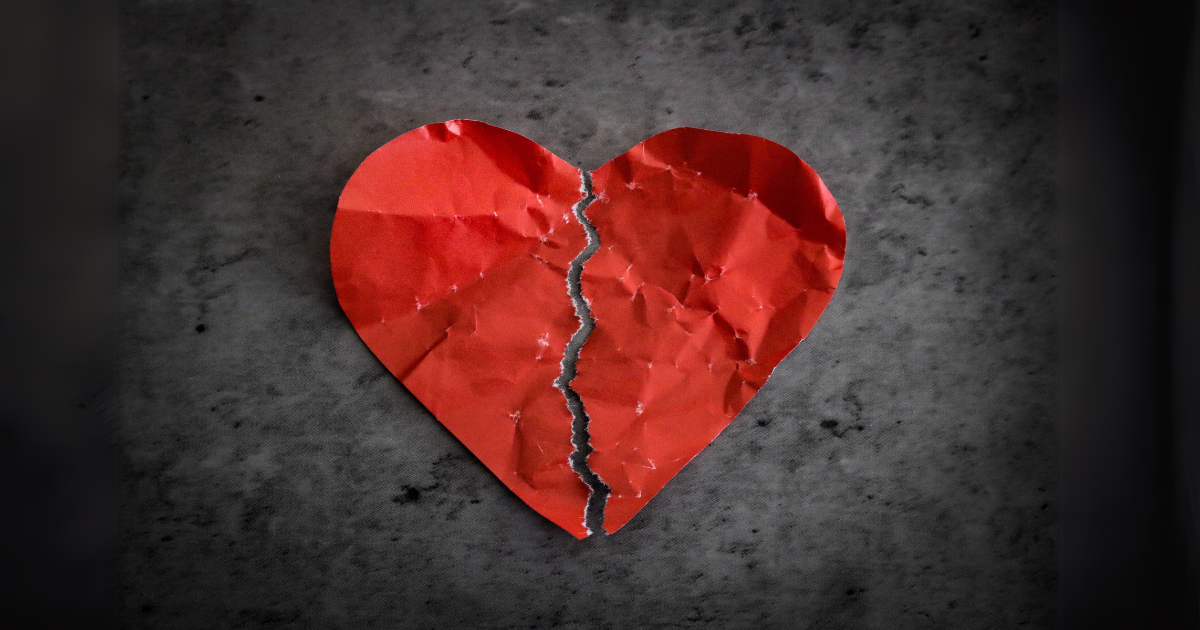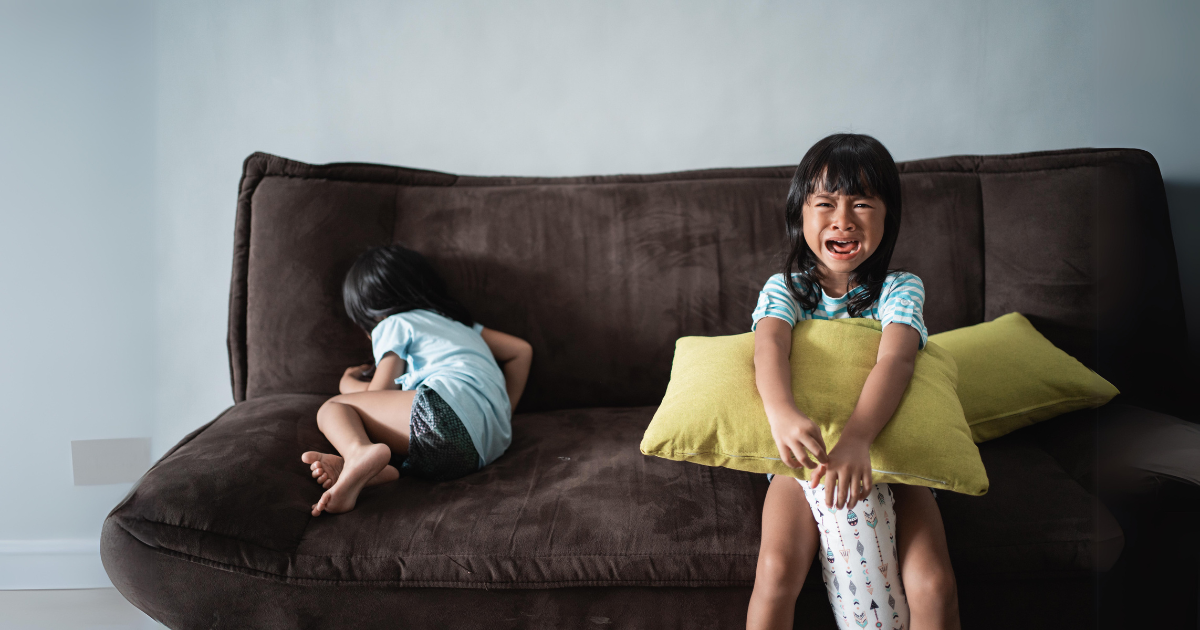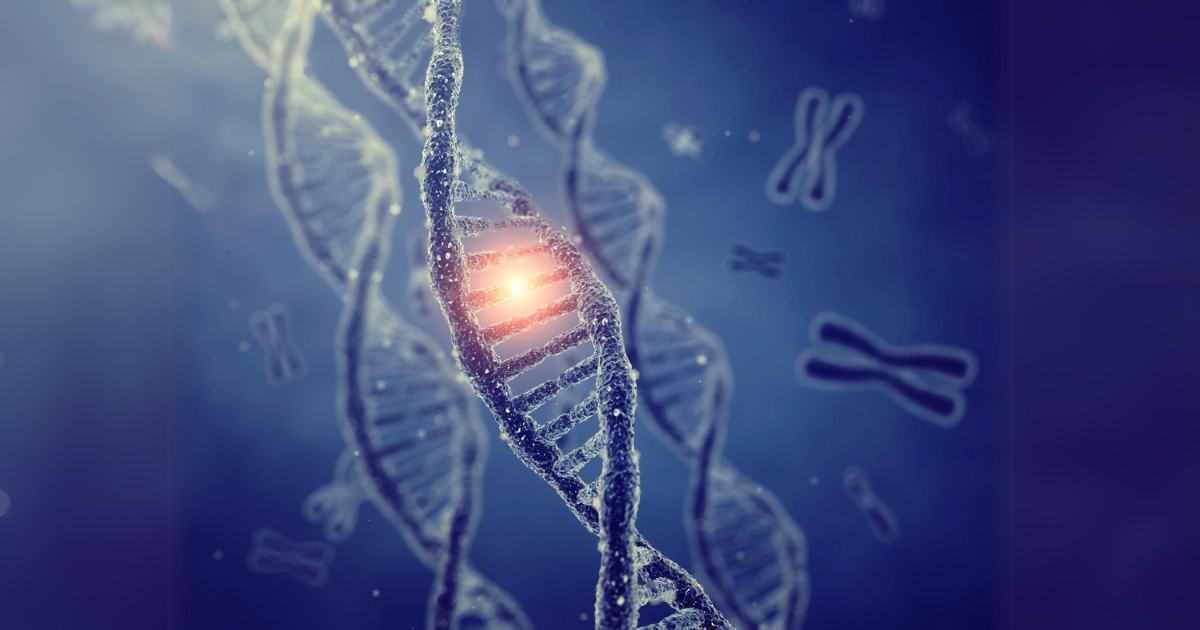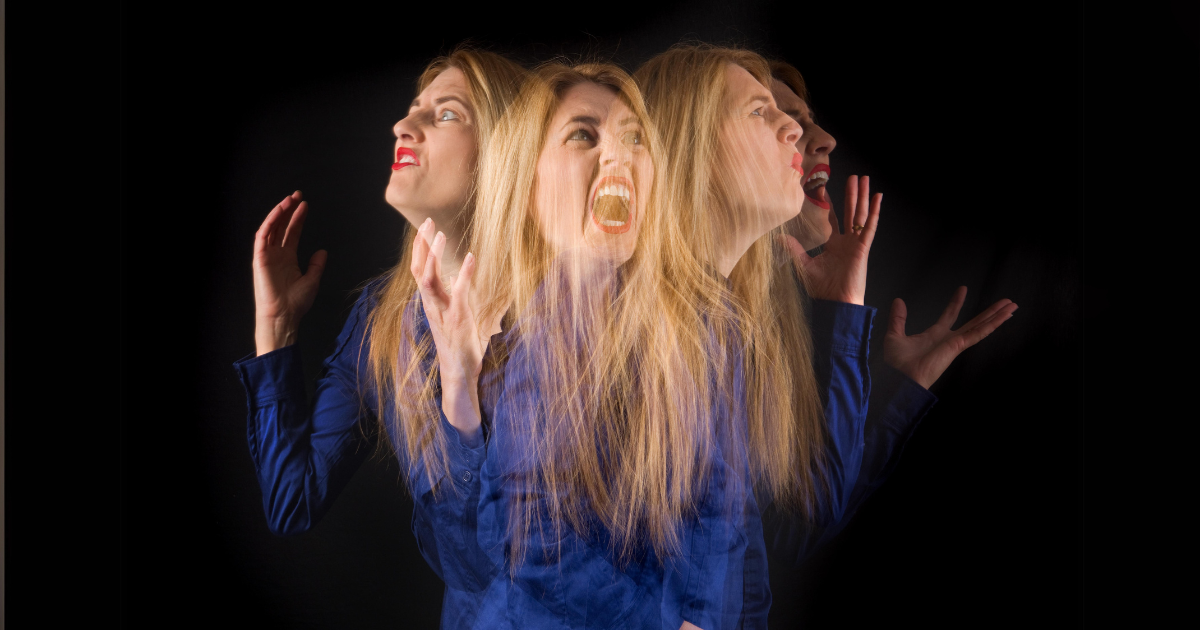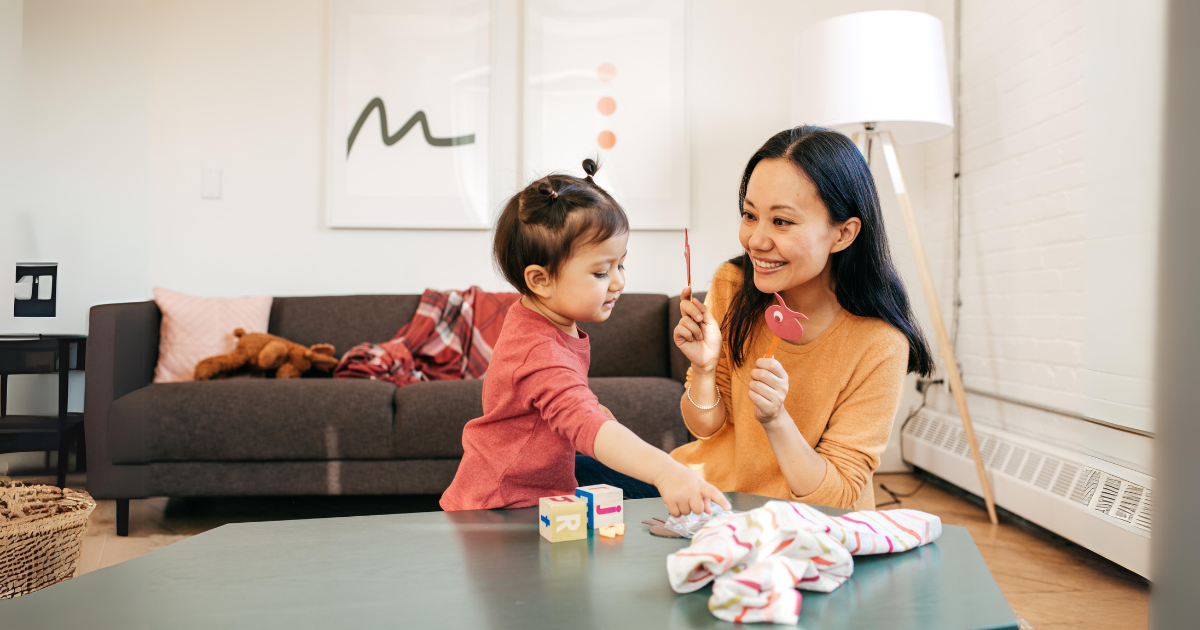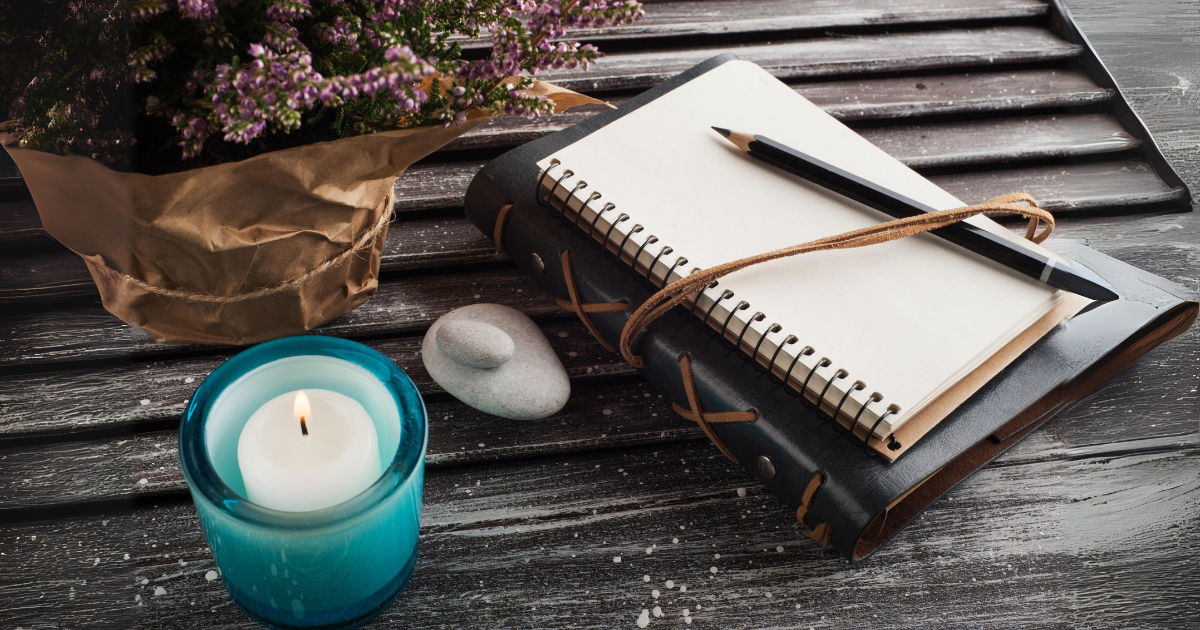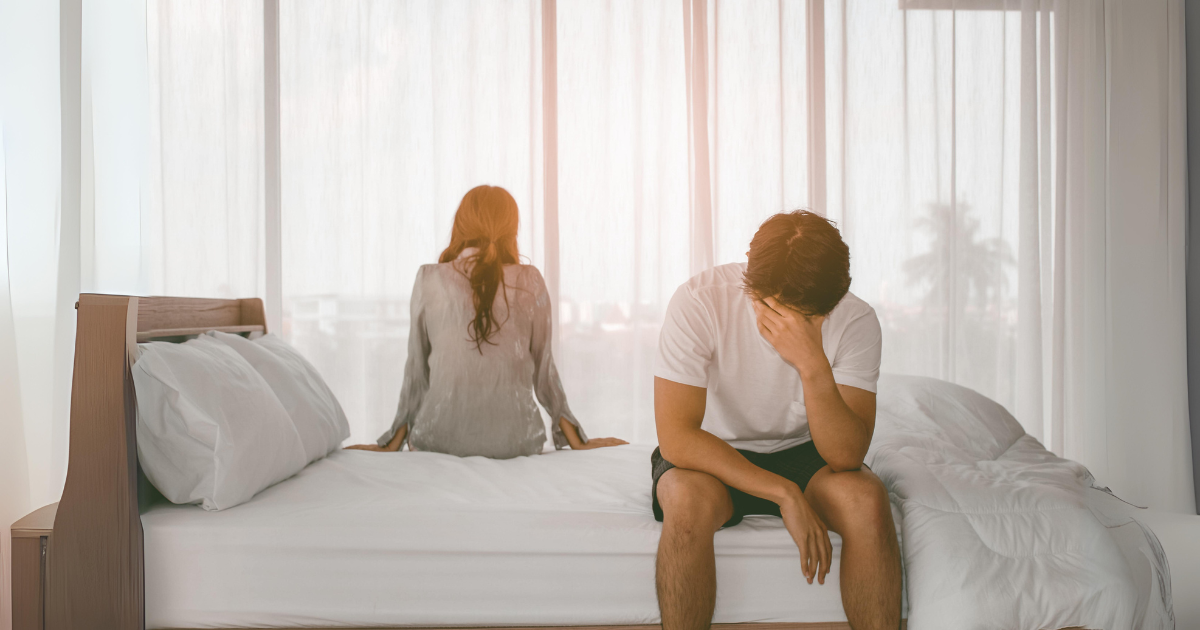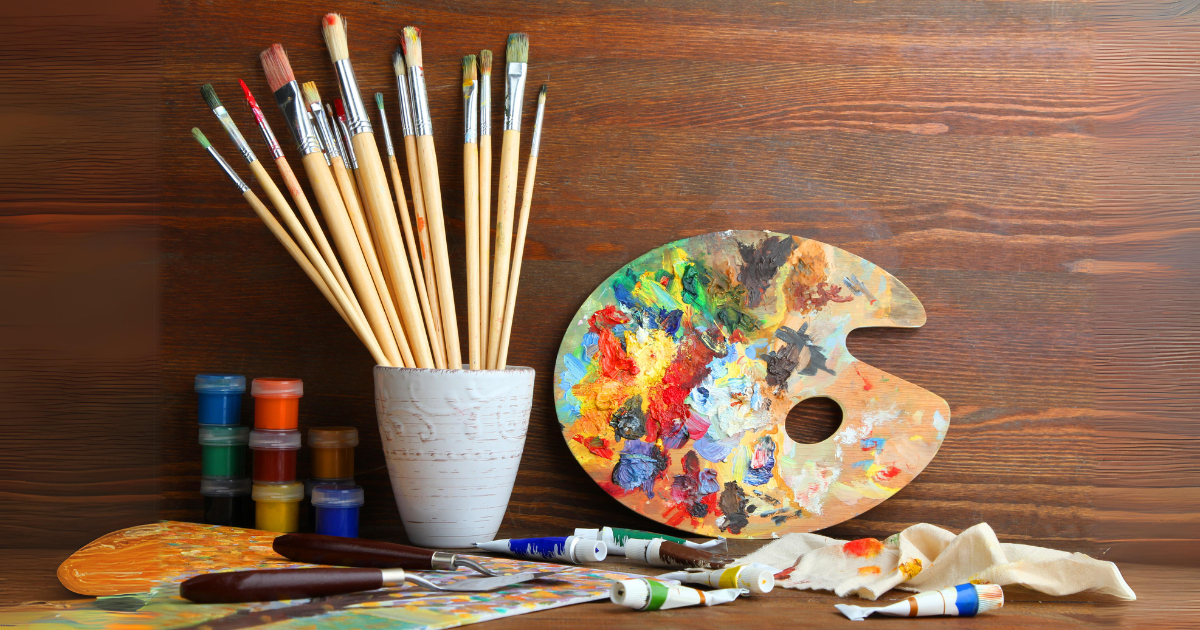
Creative Art Therapy Activities For Anger Management
Contents
Introduction
Creative art therapy offer an effective way to manage anger by channeling emotions into creative outlets like drawing, painting, or sculpting. These activities help individuals express and process their anger in a healthy, non-verbal manner. By engaging in art therapy, people can gain insights into their emotions, reduce stress, and develop healthier coping strategies, ultimately leading to better emotional control and well-being.
In this article, we’ll explore how creative arts can be a powerful tool for managing anger. From understanding its benefits to practical ways of incorporating it into daily life, we’ll cover all you need to know.
What Is Art Therapy?
Art therapy is a therapeutic approach that utilizes artistic expression to explore and address emotional and psychological issues. This method allows individuals to convey feelings and thoughts that may be challenging to articulate through conventional verbal communication.
- Creative Expression: Art therapy leverages various artistic mediums to provide a non-verbal outlet for emotions, making it easier for individuals to express complex feelings.
- Emotional Insight: The process of creating art can reveal subconscious thoughts and feelings, offering valuable insights into one’s emotional state.
- Therapeutic Benefits: Engaging in art therapy can reduce stress, improve emotional regulation, and enhance self-awareness, contributing to overall mental well-being.
- Practical Application: Art therapy is applied in diverse settings, including mental health clinics, schools, and community centers, to support individuals in managing emotional and psychological challenges.
Types of Art Therapy
Art therapy is a versatile approach that adapts to individual needs and can involve various forms of creative expression. According to Mueller, art therapy falls into two main categories: “art as therapy,” where the act of artistic creation itself is therapeutic and promotes catharsis and mindfulness, and “art with psychotherapy,” where art is combined with traditional therapeutic methods to facilitate healing.
Here are some common modalities used in art therapy:
- Painting, Drawing, Coloring, or Finger Painting: Clients use various art supplies such as paints, colored pencils, markers, or crayons to express themselves. They are often given prompts but have the freedom to create as they wish.
- Collage: Clients create art by assembling images from magazines, textured papers, and other materials. The collages reflect their emotions or life experiences and are put together using glue or tape.
- Photography: Clients may be asked to take photos that represent their emotions or experiences. This method has been used in studies, such as capturing gender stories for trans-identifying individuals and incorporating photography into outpatient treatment for chemical dependency.
- Sculpting and Working with Clay: Clay is used to create sculptures that can symbolize personal experiences or emotions. For example, individuals with dementia have used clay to represent their experiences living with the condition.
Benefits of Art Therapy
Art therapy provides a unique and effective approach to emotional well-being through creative expression and self-discovery. Here’s a closer look at the various benefits it offers:
- Emotional Expression: Art therapy offers a creative outlet for emotions that may be difficult to express verbally. Through various art forms, individuals can convey complex feelings and experiences, which helps in understanding and managing these emotions.
- Stress Reduction: The process of creating art can be a relaxing and meditative experience. Engaging in art-making activities helps distract from daily stressors, reduces anxiety, and promotes a sense of calm and relaxation.
- Enhanced Self-Awareness: Art therapy encourages self-reflection and introspection through creative expression. By exploring personal themes and symbols in their artwork, individuals can gain deeper insights into their emotional states and behavioral patterns.
- Improved Communication: For those who struggle with verbal communication, art therapy provides an alternative means of expression. Art can help individuals articulate feelings and thoughts that are challenging to express through words alone.
- Increased Self-Esteem: Completing art projects can foster a sense of accomplishment and self-worth. The act of creating something tangible boosts confidence and provides a positive reinforcement of one’s abilities and talents.
- Cognitive Development: Art-making involves complex cognitive processes such as problem-solving and planning. Engaging in artistic activities helps develop and enhance cognitive skills, including attention, memory, and critical thinking.
8 Art Therapy Activities For Anger Management

Students use magazines, fabric scraps, and other materials to create detailed collages representing various aspects of their personalities. This activity encourages self-reflection by helping individuals explore and articulate different facets of their identity, fostering a deeper sense of self-acceptance and understanding. For example, a student might include images of a favorite hobby, personal achievements, and significant relationships to represent different facets of their identity.
Image Source: nerdyartteacher.weebly.com
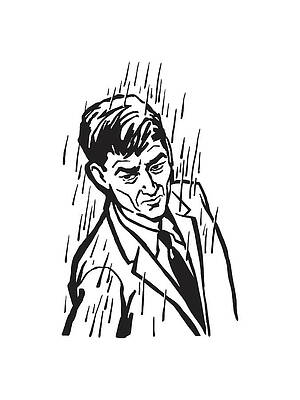
Design Anger Collages
Participants gather various art materials to create collages that represent their feelings of anger. This visual representation helps them to confront and process their emotions, offering a tangible way to understand and manage their anger more effectively. For instance, they might use dark, intense colors and jagged shapes to convey frustration and irritation.
Image Source: csaimages.com
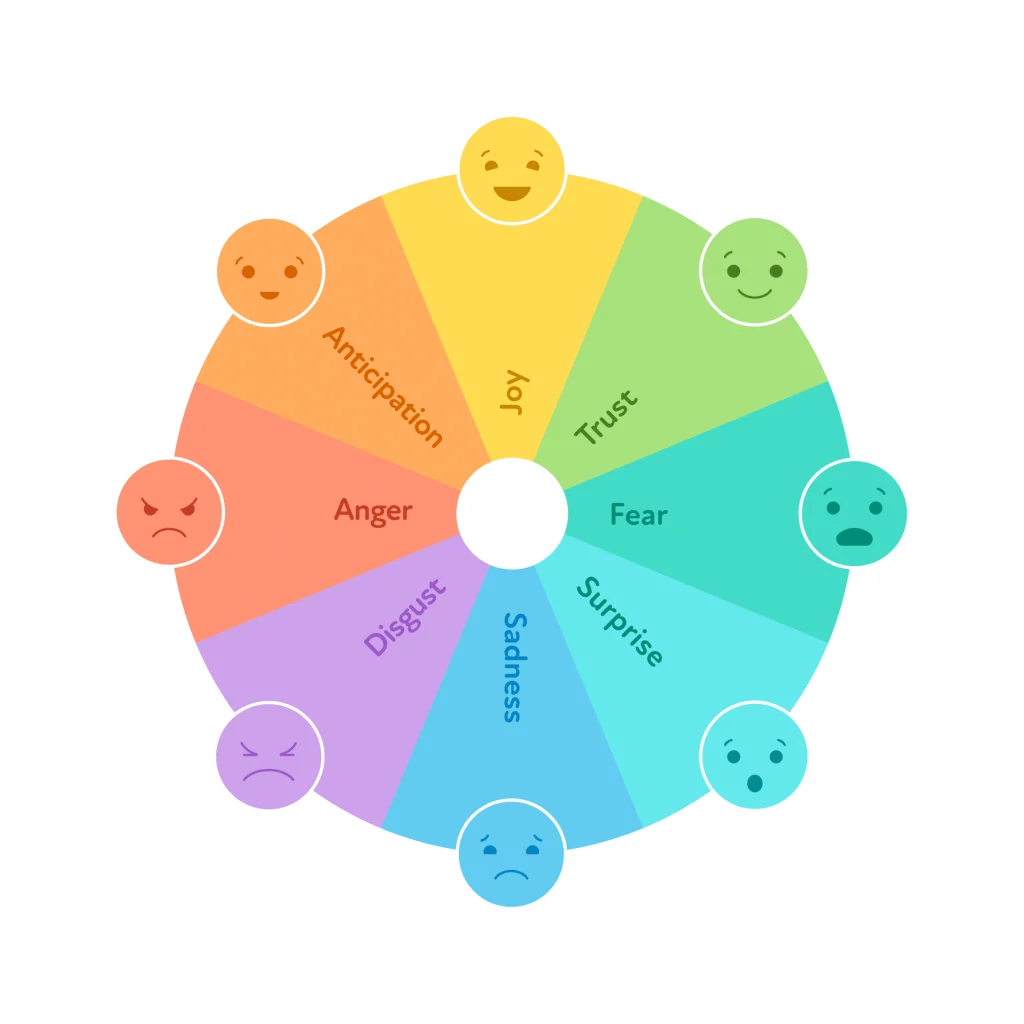
Individuals draw and color a large wheel divided into sections, each labeled with a different emotion. By filling in each section according to their current emotional state, they can recognize, label, and differentiate their emotions, gaining clarity and insight into their emotional experiences. For example, one section might be filled with bright colors and swirling patterns to represent happiness, while another might have dark, chaotic patterns to symbolize anger.
Image Source: anchorlighttherapy.com
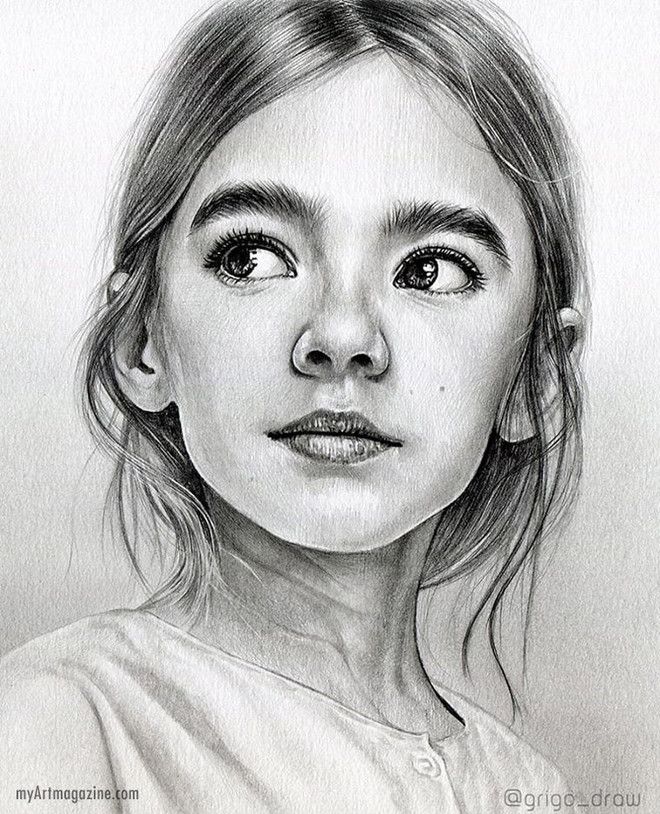
Using clay or Play-Doh, participants sculpt figures that symbolize their anger or calming elements. This tactile activity provides a physical outlet for expressing emotions, allowing for a hands-on approach to managing and understanding their feelings. For example, they might sculpt a tightly clenched fist to represent anger or a serene figure in a meditative pose to symbolize calmness.
Image Source: myartmagazine.com
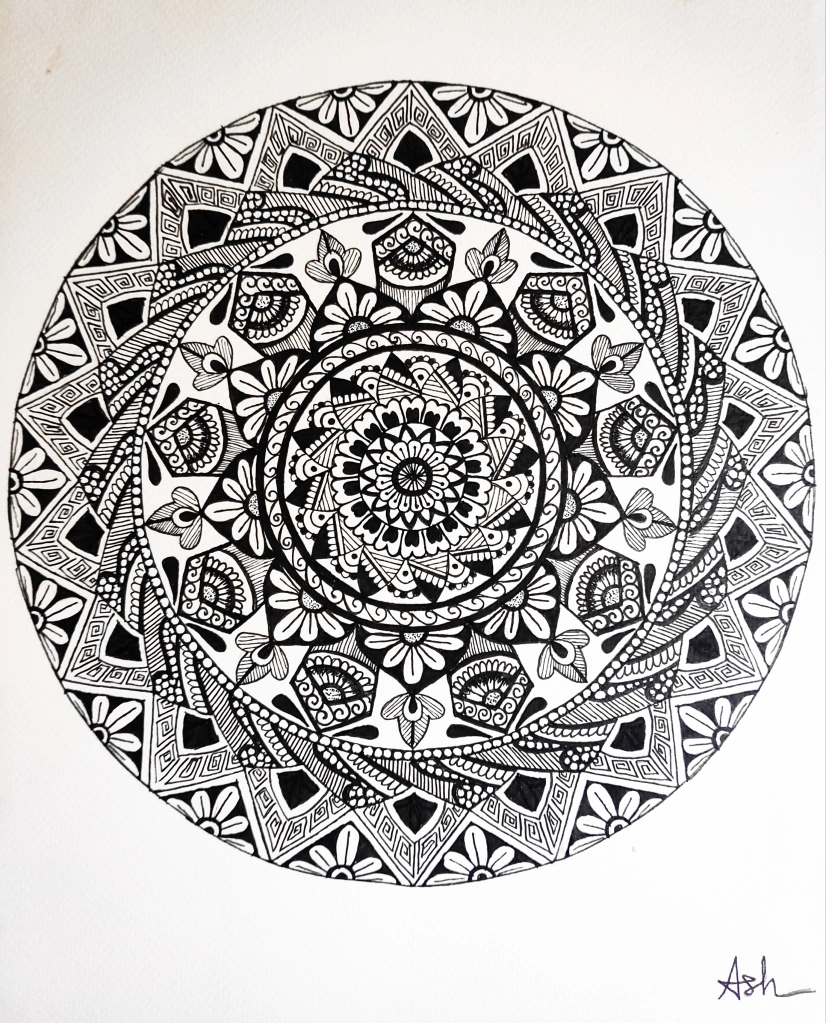
Individuals draw or color mandalas, incorporating colors and patterns that reflect their feelings of anger. The repetitive and focused nature of creating mandalas can be soothing and meditative, helping to manage and process intense emotions in a calming way. For instance, they might use sharp, angular patterns and dark reds or blacks to represent intense anger.
Image Source: ashkathaker.com

Participants paint freely, using colors and brushstrokes to express their feelings of anger. This abstract painting approach allows for spontaneous and unrestricted emotional expression, offering a creative outlet for managing and releasing pent-up emotions.
Image Source: playtolearnpreschool.us
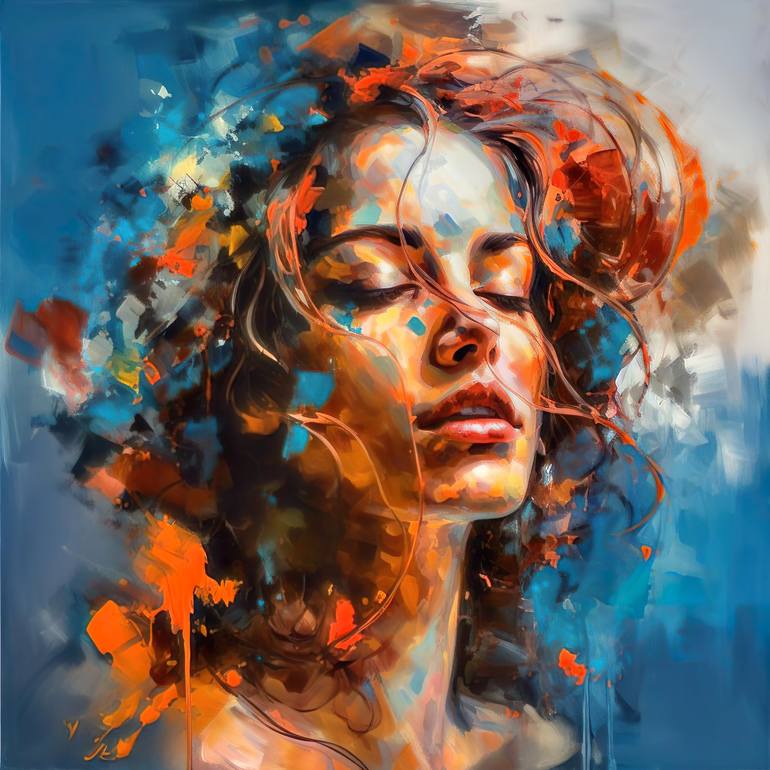
Create Emotion-Based Mixed Media Art
Individuals use a variety of materials, such as fabric, paint, and paper, to create mixed media art that represents their anger and other related emotions. Combining different media helps in expressing complex and multifaceted feelings, providing a rich and nuanced representation of their emotional experiences. An example might include broad, aggressive brushstrokes in fiery reds and oranges to convey explosive anger.
Image Source: Harmony’s Embrace” Artwork
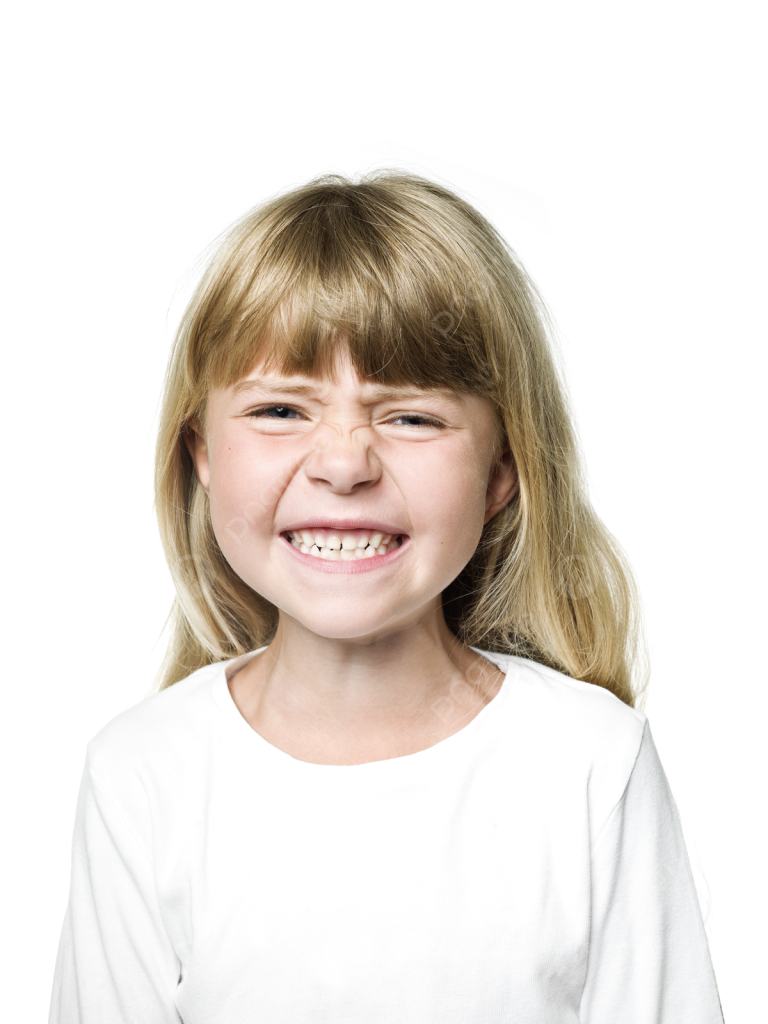
Participants design and decorate personal journals where they can write, draw, and reflect on their anger experiences and coping strategies. This journaling process helps in processing and understanding their emotions, as well as developing practical techniques for handling anger constructively.
Image Source: This image has copyright license for commercial use and exclusive for Enterprise
Conclusion
Creative art therapy activities offer valuable tools for managing anger by providing non-verbal channels for emotional expression. Through techniques like collages, sculptures, and mandalas, individuals can explore and process their feelings in a constructive manner. These activities not only enhance self-awareness and emotional insight but also promote relaxation and cognitive development. By incorporating art therapy into daily routines, people can develop healthier coping strategies and achieve better emotional regulation, ultimately leading to improved well-being and emotional balance.
References
- American Art Therapy Association. (2017). What is art therapy?
- Cramer, H., & Goehler, T. (2015). Art therapy: A review of the literature. Journal of Clinical Psychology, 71(11), 1107-1120.
- Gergen, K. J., McNamee, S., & Barrett, F. J. (2001). Toward transformative dialogue. International Journal of Public Administration, 24(7-8), 679-707.
- Malchiodi, C. A. (2012). Art therapy and health care. Guilford Press.
- Moon, B. L. (2010). Introduction to art therapy: Faith in the product. Routledge.
- Cliff, S. (2009). Art as medicine: Creating a therapy of the imagination. Shambhala Publications.
- O’Neill, M. (2003). Art as therapy: The role of the artist in the healing process. Art Therapy Journal, 20(4), 148-155.
- Kandel, E. R. (2013). The age of insight: The quest to understand the unconscious in art, mind, and brain from Vienna 1900 to the present. Random House.
- Lusebrink, V. B. (2010). Art therapy and the brain: An overview. Art Therapy: Journal of the American Art Therapy Association, 27(4), 165-171.
- Kaplan, F. (2003). The use of art therapy in anger management. Journal of Art Therapy, 20(2), 75-83.


